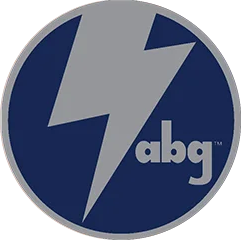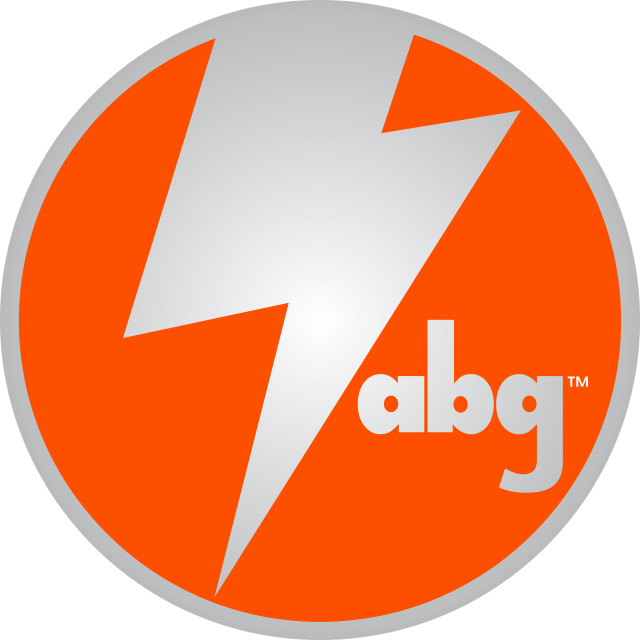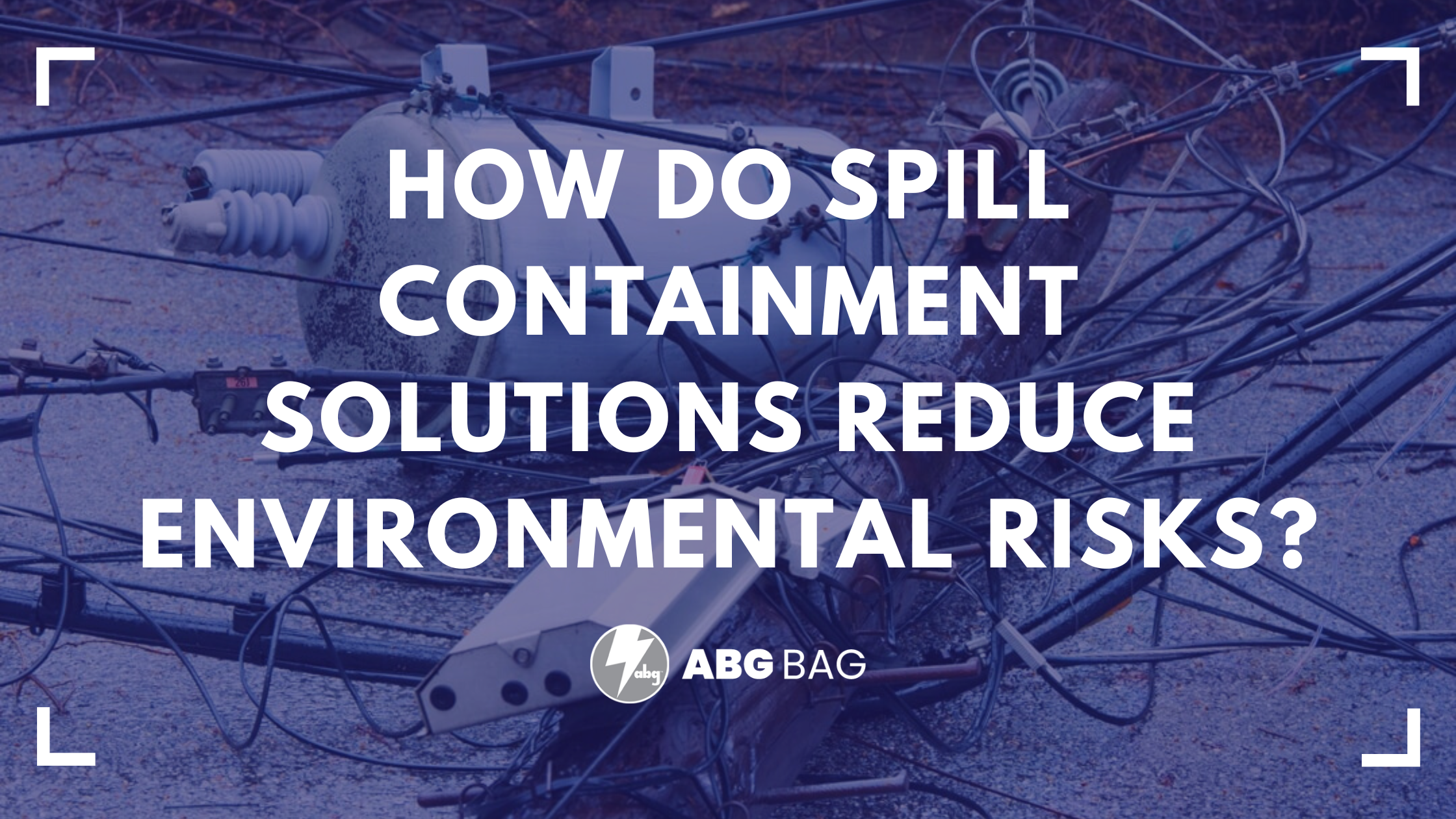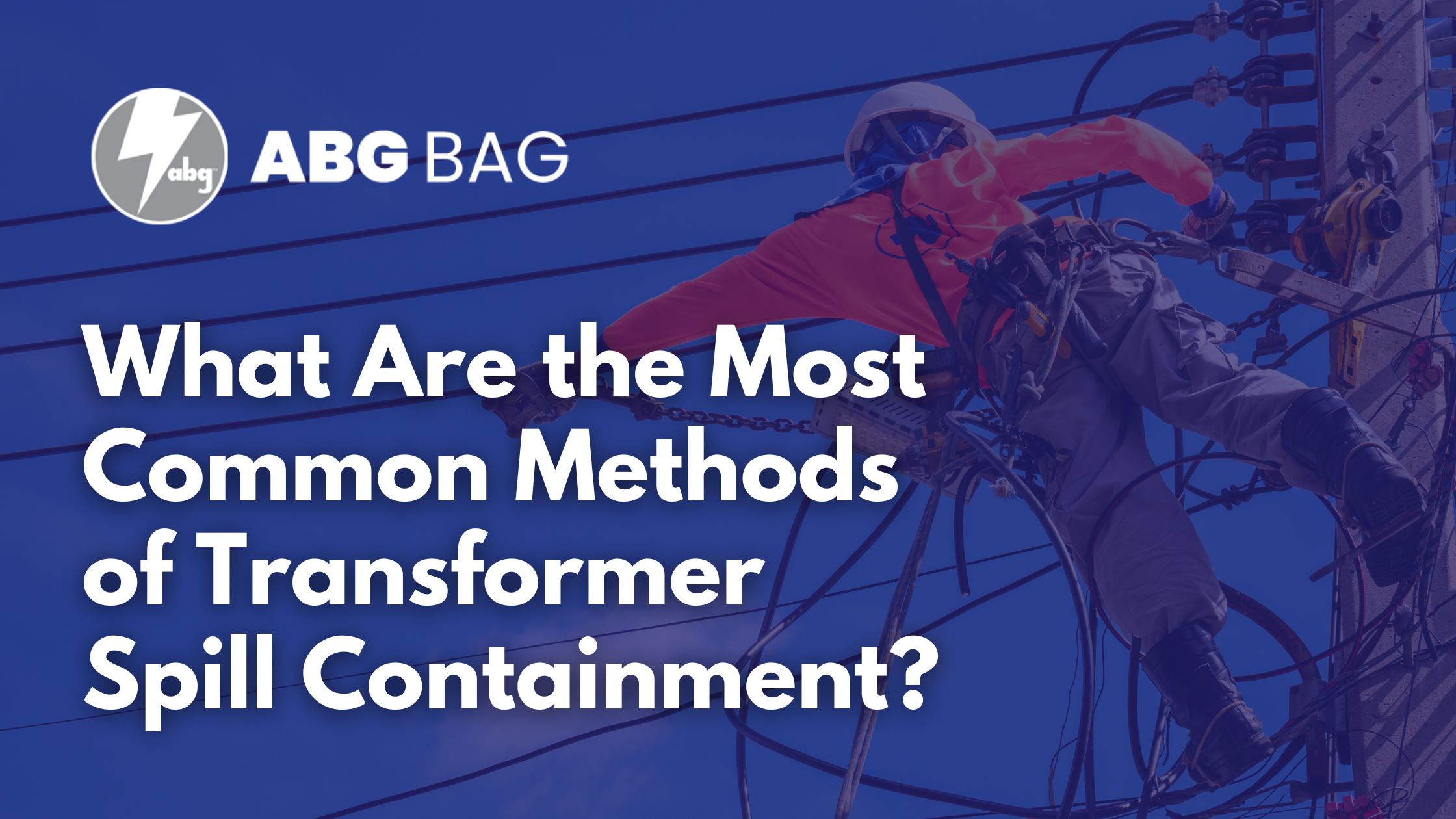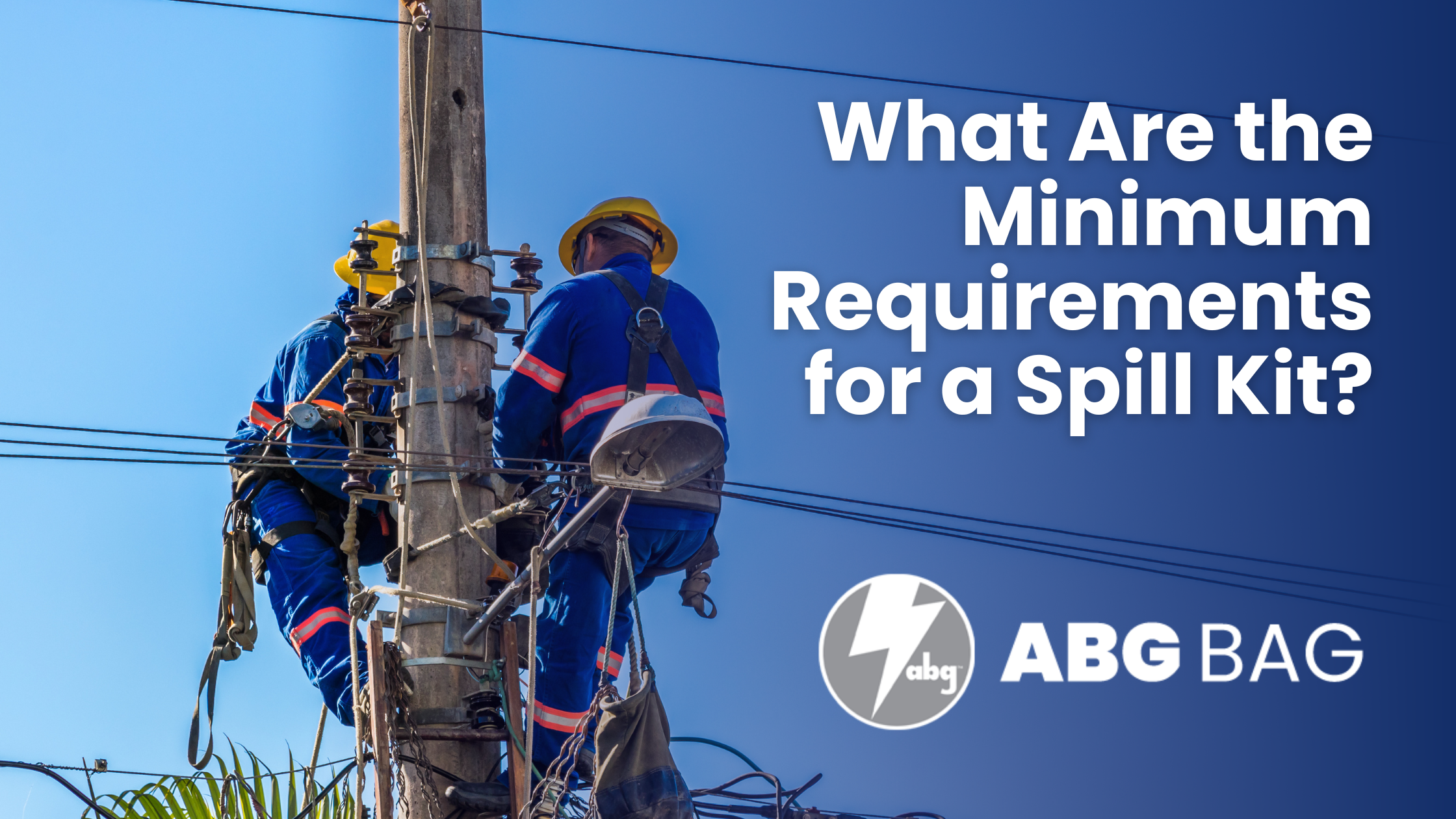
What Are the Minimum Requirements for a Spill Kit?
Transformer oil leaks pose serious environmental, operational, and regulatory challenges for utilities. Proper containment is essential, and a well-equipped transformer oil spill kit is a critical component of any spill management strategy. But what exactly are the minimum requirements for a spill kit, and how do utilities ensure their kits meet both safety and compliance standards?
Core Components of a Transformer Oil Spill Kit
Not all spill kits are created equal. To provide effective transformer spill containment, a spill kit must contain tools designed to handle transformer oil specifically. At a minimum, a transformer oil spill kit should include:
- Absorbent Pads: These are essential for soaking up oil quickly and preventing it from spreading to surrounding soil or hardscape. They are especially important for pad-mounted transformers or high-volume leaks.
- Absorbent Socks or Booms: These flexible barriers are placed around the base of a transformer or along drains to contain and limit the spread of oil. Pole-mounted transformer oil spill bags can be paired with these booms for elevated installations.
- Personal Protective Equipment (PPE): Gloves, goggles, and sometimes coveralls are required to protect utility personnel during cleanup. PPE ensures that workers can respond safely without risk of chemical exposure or injury.
- Disposal Bags and Ties: After absorption, contaminated materials need to be removed safely. Heavy-duty disposal bags and secure ties allow for compliant disposal in accordance with environmental regulations.
- Instruction Sheet: Clear, step-by-step instructions help workers respond quickly and correctly to a spill, ensuring safety and minimizing environmental impact.
These core components provide the essential functionality required for rapid response to transformer oil leaks.
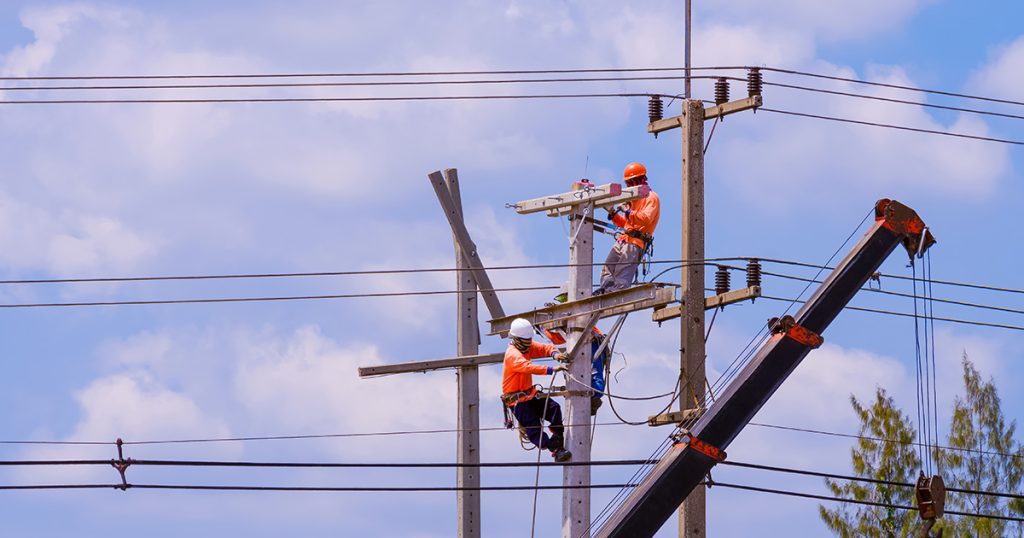
Customization for Utility Operations
While the above components represent the minimum requirements, many utilities customize their spill kits to match operational demands and site-specific conditions. Factors to consider include:
- Transformer Size and Oil Volume: High-capacity transformers may require larger absorbent pads, additional booms, or multiple kits on-site to manage potential spills effectively.
- Site Conditions: Urban substations, outdoor pole-mounted installations, and confined areas each present unique challenges. Utility transformer containment bags and pole-mounted transformer oil spill bags can be integrated with spill kits to create a layered containment system.
- Regulatory Requirements: DOT-compliant transformer containment bags may be needed when transporting oil-filled transformers, while PCB transformer containment solutions are essential for legacy transformers containing polychlorinated biphenyls (PCBs).
Customizing spill kits ensures that utilities can respond effectively regardless of transformer type, location, or environmental conditions.
Integration With Proactive Containment
A spill kit alone is reactive—it addresses leaks and spills after they occur. For comprehensive transformer spill containment, utilities should pair spill kits with proactive solutions, including transformer spill control bags, transformer maintenance containment bags, and environmental compliance transformer bags.
Proactive containment captures oil at the source, preventing leaks from reaching the environment. Spill kits serve as a backup for unexpected incidents or when containment bags are full, compromised, or not yet installed. Together, these tools create a dual-layer strategy that meets operational and regulatory requirements.
For example:
- Pole-Mounted Transformer Oil Spill Bags catch drips before they fall onto the ground.
- Transformer Maintenance Containment Bags provide continuous, on-site protection for pad-mounted or large transformers.
- Transformer Oil Spill Kits allow crews to respond to larger or unexpected leaks immediately.
This combination of proactive and reactive measures helps utilities maintain compliance while protecting workers and the environment.
Best Practices for Maintaining Spill Kits
To ensure spill kits are always ready for use, utilities should follow best practices for maintenance:
- Regular Inspection: Periodically check the contents of the kit, including absorbent materials, PPE, and disposal bags. Replace any items that are missing, expired, or degraded.
- Proper Storage: Kits should be stored in accessible, clearly marked locations near transformers or high-risk areas.
- Training: Crews must be trained on how to use the kit quickly and safely. Clear instructions and hands-on exercises help maintain readiness.
- Documentation: Keeping records of inspections, replacements, and training helps demonstrate regulatory compliance during audits.
Adhering to these practices ensures that transformer oil spill kits remain effective and reliable in the field.
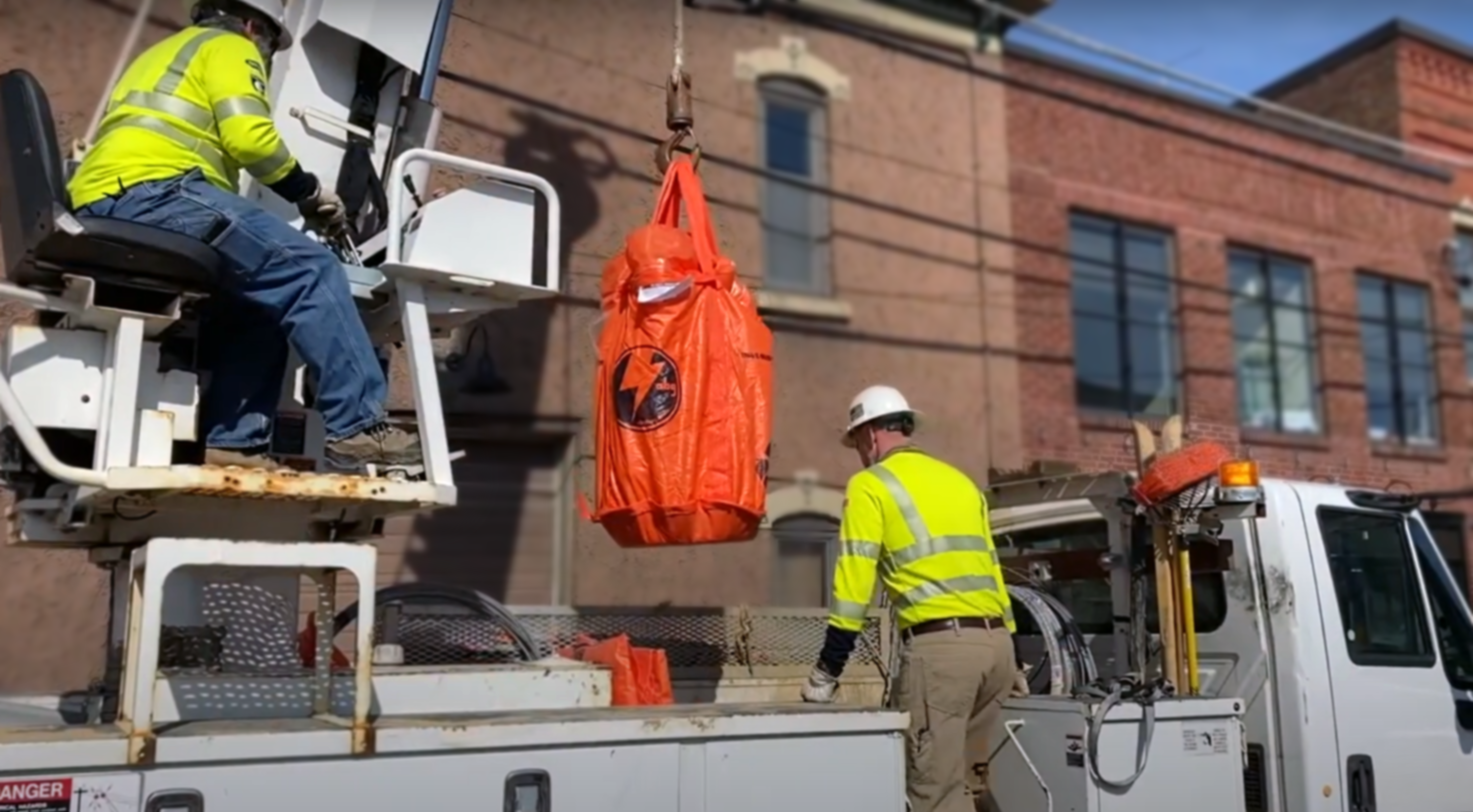
Regulatory Considerations
Utilities must be aware of federal, state, and local regulations that influence spill kit requirements. DOT-compliant transformer containment bags are necessary when transporting oil-filled transformers, while PCB transformer containment solutions are essential for older equipment containing hazardous substances. Environmental compliance transformer bags support on-site regulatory adherence.
By selecting spill kits that meet or exceed these standards, utilities reduce the risk of fines, environmental incidents, and operational disruptions.
The minimum requirements for a spill kit include absorbent pads, absorbent socks or booms, personal protective equipment, disposal bags, and clear instructions. However, the most effective programs integrate these kits with transformer spill control bags, utility transformer containment bags, pole-mounted transformer oil spill bags, and environmental compliance transformer bags.
Customizing kits for transformer size, site conditions, and regulatory compliance ensures that utilities are prepared for both everyday leaks and emergency spills. Combining proactive containment with reactive spill response creates a comprehensive system that protects workers, the environment, and the utility’s operations.
For guidance on selecting and deploying the right transformer oil spill kits, see our Transformer Oil Spill Kits For Utility Compliance resource. For broader insights into comprehensive spill management strategies, consult our Guide To Transformer Spill Containment Solutions.
To discuss the right spill containment solutions for your operations, call 800-758-8079 or contact ABGBAG by filling out the form below. Our team can help you design a complete, compliant, and effective transformer spill management program.
Do You Have Questions?
For inquiries about our products, order status, or any other information related to ABG, send us a message, and we will respond soon.
Sales & Customer Care
Product Questions



